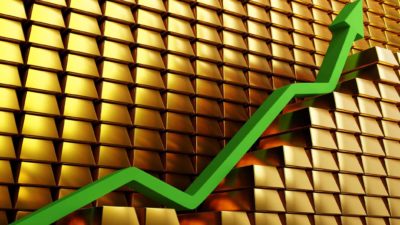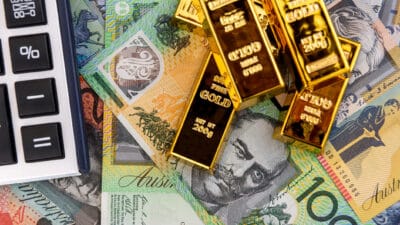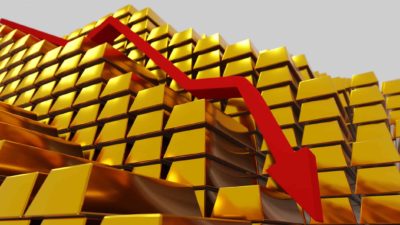The events of this week have once again highlighted the role that gold plays in the minds of investors all over the world. Gold is a universal asset, it doesn't trade on any one country's stock exchange, and it's worth pretty much the same any place you have it in the world.
The yellow metal has always played the role of a 'safe haven' asset. In times of economic hardship, financial instability or (as this week has given the world) geopolitical tension, investors tend to flock to gold to help shore up their portfolios.
We have seen this play out in light of this week's tragic events. A fortnight ago, gold was priced at just under US$1,830 an ounce. Today, it is over US$1,915 an ounce.
How does one invest in gold?
So many investors are clearly looking to gold right now. And there are several ways to gain exposure to the precious metal. There's owning physical gold bullion, of course. Fort Knox style. The more opportunistic investors might opt instead for a leveraged play with gold mining shares. But an increasingly popular option in our modern age is to go after gold exchange-traded funds (ETFs).
But although there are many gold-based ETFs on the ASX, and around the world, one expert investor is warning that not all are created equal.
Tim Toohey is the head of macro and strategy at Yarra Capital Management. He recently did a podcast interview for Livewire where he discussed gold ETFs. Mr Toohey prefers ETFs for exposure to the yellow metal, and says that for an active portfolio, an allocation of between 5% and 7% is "about right". Here's what he had to say:
I would favour ETFs that map the gold bullion price. Not those that are a combination of gold, gold companies and even derivatives. You probably want to avoid those.
How does one translate this advice to the ASX? Well, the ASX is home to a number of ETF products that give investors exposure to gold.
Three such funds are the ETFS Physical Gold ETF (ASX: GOLD), the BetaShares Gold Bullion ETF (ASX: QAU) and Perth Mint Gold (ASX: PMGOLD). Two others are the VanEck Gold Miners ETF (ASX: GDX) and the BetaShares Global Gold Miners ETF (ASX: MNRS).
Not all ASX gold ETFs are equal…
The interview claimed that pure gold exposed ETFs "are regarded as more liquid and align more closely with the gold price than other vehicles". So let's see what this means.
So according to its provider, the ETFS Gold ETF works in the following way:
GOLD is backed by physically allocated gold bullion held by JPMorgan Chase Bank, N.A. (the Custodian) in London. Only metal that conforms with the London Bullion Market Association's (LBMA) rules for Good Delivery can be accepted by the custodian. Each physical bar is segregated, individually identified and allocated which means there is no credit risk. Investors can choose to redeem units for the physical holdings.
According to the providers of the QAU and PMGOLD ETFs, these funds work in a similar fashion. And these appear to align with what Mr Toohey describes as his preferred structure.
But GDX and MNRS are different. They don't invest in gold bullion itself, but in a basket of global gold mining shares. Thus, units of the ETF represent shares of gold mining companies, rather than raw gold bullion. So these are the kinds of ETFs that Toohey states he avoids.
So there are many gold ETFs on the ASX to choose from. But make sure you know what you're looking at if you're looking to buy. Gold exchange-traded funds are not all equal. And some might suit our goals more than others.









